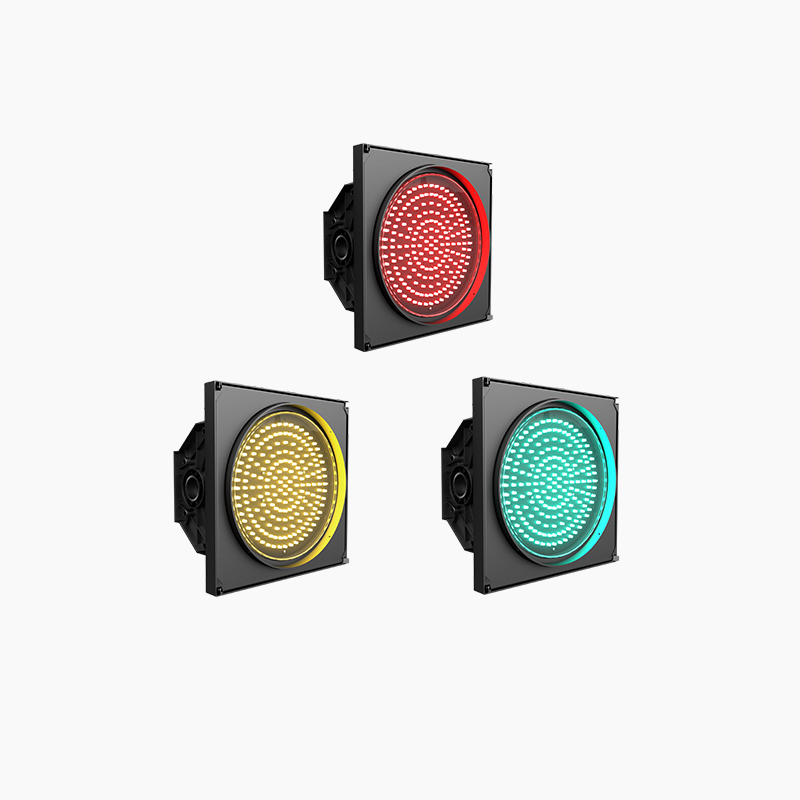Something About Traffic Lights
The traffic management solution is a system that is used to control traffic flow. It is a technique that is used to reduce the amount of traffic congestion on a road, and it can be used in any area where there are high levels of traffic congestion.
In many cases, it is an effective way to reduce the number of accidents on roads and highways by using special devices that monitor traffic flow so that they can detect any problems with it. The main goal of a traffic management solution is to move vehicles more efficiently and reduce pollution from cars. Traffic management solutions can be used in any city, large or small, urban or rural.
What is a traffic light
Traffic lights are signals that direct traffic operations, generally consisting of red lights, green lights, and yellow lights. A red light indicates that passage is prohibited, a green light indicates that passage is permitted, and a yellow light indicates a warning.
Traffic signals are divided into: motor vehicle signals, non-motor vehicle signals, crosswalk signals, direction indicators (arrow signals), lane signals, flash warning signals, and road and railway level intersection signals.
Basic functions of traffic lights
Traffic lights are an indispensable part of urban traffic management. Its basic function is to control traffic flow and ensure the safe passage of pedestrians and vehicles. The following will introduce the basic functions of traffic lights from three aspects.
- Control traffic flow
Traffic lights use lights of different colors to indicate when vehicles and pedestrians can pass and when they need to stop and wait. A red light means stop, a green light means passing, and a yellow light means slowing down or stopping. This alternating signal control method can effectively control traffic flow and avoid traffic jams and accidents. - Ensure the safe passage of pedestrians and vehicles
Another basic function of traffic lights is to ensure the safe passage of pedestrians and vehicles. On urban roads, the traffic flow of pedestrians and vehicles is very large. Without the control of traffic lights, traffic accidents are prone to occur. Traffic lights allow pedestrians and vehicles to pass in an orderly manner and reduce the incidence of traffic accidents. - Improve transportation efficiency
The third basic function of traffic lights is to improve traffic efficiency. In the case of urban traffic congestion, traffic lights can alleviate congestion and improve traffic efficiency by controlling traffic flow. In addition, traffic lights can also adjust the control method of the lights according to the traffic flow in different time periods to further improve traffic efficiency.
To sum up, the basic function of traffic lights is to control traffic flow, ensure the safe passage of pedestrians and vehicles, and improve traffic efficiency. In urban traffic management, traffic lights are a very important part. They can effectively maintain urban traffic order and ensure the safe passage of pedestrians and vehicles.
How traffic lights work
- Control system: The control system of the signal light generally consists of a central controller and a signal light control box. The central controller is responsible for programming and sending instructions, while the signal light control box is responsible for receiving and executing instructions.
- Power supply: Traffic lights require stable power supply. Normally, signal lights are connected to the municipal power grid, but there are also some places that use solar energy or other renewable energy sources for power.
- Traffic sensors: In order to control the traffic lights according to actual traffic conditions, some traffic lights are also equipped with traffic sensors. These sensors can be underground coils, cameras, infrared or radar devices. When vehicles or pedestrians approach, sensors sense traffic flow and send the information to a central controller.
- Timing control: The central controller determines the running timing of the signal lights based on the received signal processing information and programming. For example,
In a common intersection, the timing of the signal lights may be the sequence of left-turn, straight-forward and right-turn traffic. - Ring timing: For some traffic intersections with serious congestion, ring timing control can also be used. Ring timing control connects all signals to a central controller and guides traffic flow by cycling traffic light times. This control method can flexibly adjust the running sequence of signal lights according to actual traffic conditions to achieve optimal traffic flow.
- Green wave driving: At some traffic intersections that require higher traffic capacity, green wave driving technology can also be used. This technology synchronizes the timing of traffic lights to keep vehicles flowing continuously for a period of time, thereby maximizing the duration of green lights.
- Pedestrian signals: In addition to vehicle signals, pedestrian signals are also required at traffic intersections to protect the safety of pedestrians. Pedestrian signals are usually located above crosswalks or next to intersections. Pedestrian lights operate synchronously with vehicle lights to ensure safety between pedestrians and vehicles.
To sum up, the working principle of traffic lights involves many aspects such as control system, power supply, vehicle and pedestrian sensors, timing control, ring timing control, etc. Through the programming and execution instructions of the central controller, the control and control of traffic flow are realized. Scheduling. Through scientific and reasonable system design and cooperation, traffic lights can greatly improve traffic safety and efficiency and make important contributions to traffic management.



